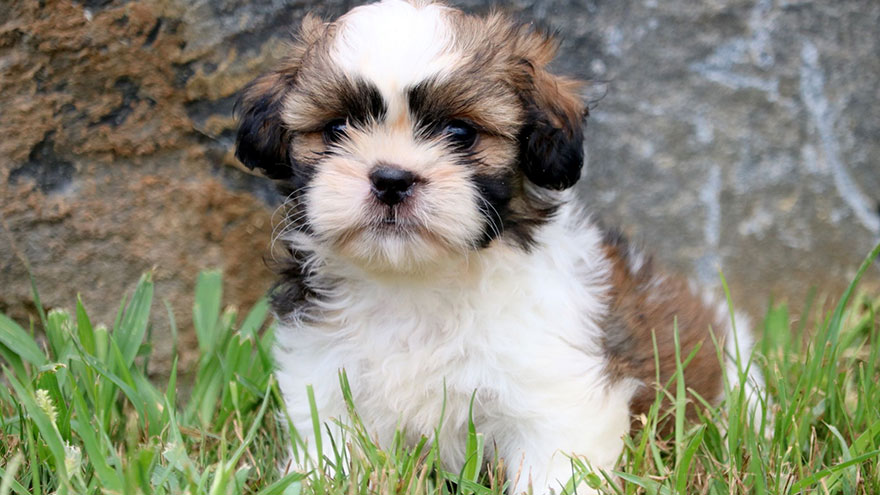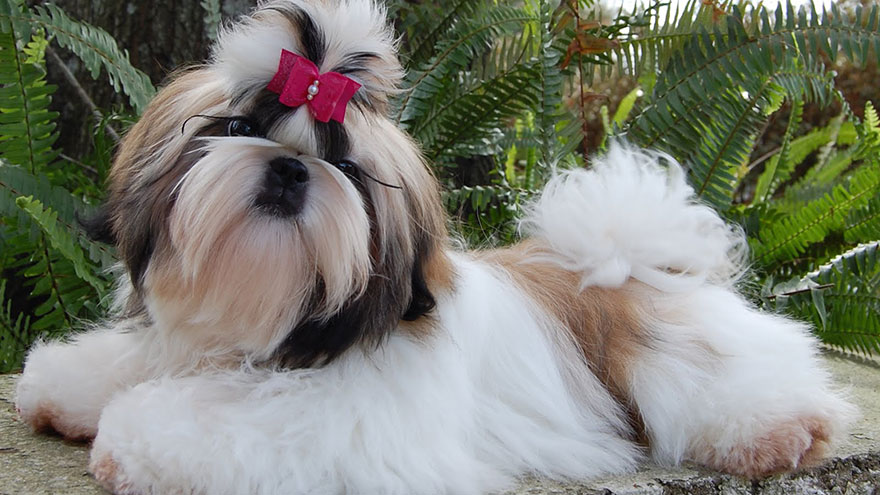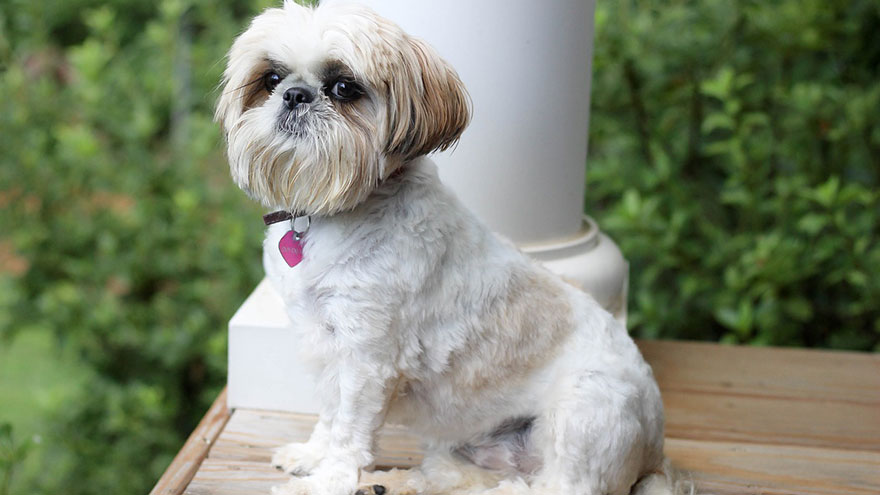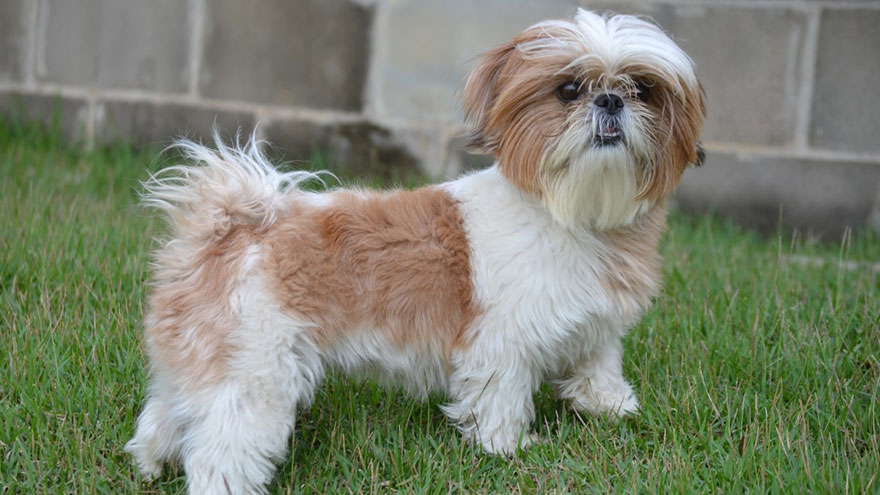Shih-Tzu Breed Information
Originating in Tibet, the Shih-Tzu breed was known as one of the small holy dogs. The most prominent feature of the breed is its long, flowing coat that has a double layer. The coat is actually hair similar to that of humans, not fur like other mammals.
Because the longer, outer hair is captured in the dense undercoat, Shih-Tzu owners do not have to be concerned about great amounts of hair to be cleaned up. In fact, the Shih-Tzu is one of the few breeds that is considered hypoallergenic, meaning that it causes few allergic reactions in allergy sufferers.
This breed is actual a sturdy little dog, in spite of its beautiful and delicate appearance. Shih-Tzu can be courageous and even a bit arrogant due to its breeding as a companion to royalty.
The breed is known as a good watchdog that likes to bark, though the Shih-Tzu is usually a quiet house pet. In addition, the dogs of this breed are generally good with other pets and will be fine with children who are not too rough and are careful around the dog.
Shih-Tzu Temperament
The Shih-Tzu conducts itself with dignity and can seem arrogant to some. The dog usually responds well to patient and gentle training. Living with a Shih-Tzu requires the commitment of an adult, primarily because the dogs of this breed will do best with more low-key lifestyle, not the roughhousing of children.
The Shih-Tzu does not do well running free and should not be chained outside. This is most definitely a house/apartment dog meant to be a companion for walks and tasks around the home. The Shih-Tzu does tend to bark a lot, which can make the pet a good watchdog. But excessive barking should not be encouraged. A consistent and patient training system should eventually trim barking incidents down to a comfortable level.
Some see the Shih-Tzu as needing to be spoiled, but this does not have to be the case. With firm but gentle training, the Shih-Tzu can be an excellent pet.

Shih-Tzu Size and Color
A grown Shih-Tzu will stand about 10 or 11 inches at the withers and weigh from 9 pounds to 16 pounds. The Shih-Tzu is actually not included in the Toy group of dogs by most organizations. It is considered a Non-working dog. Tiny Shih-Tzu are not recognized as a special form of the breed and are considered to be unhealthy.
Most color patterns are considered acceptable for the Shih-Tzu. An effort to produce mostly gold and white Shih-Tzu in past years has led to fewer black and silver dogs. They are sometimes especially valued because of their rarity.

Shih-Tzu Feeding and Grooming Requirements
Many purebred dog owners have started to feed their dogs only fresh meats, vegetables and some fruits, staying away from commercial dog foods altogether. Others have chosen to feed only the high-quality commercial foods, avoiding lower-priced foods that tend to have high grain content, a common food causing allergies.
Most of the problems for the Shih-Tzu owner are connected with the long hair coat and the need to keep it groomed. Neglecting the coat can lead to numerous problems, beyond an unkempt appearance. The dog may develop skin problems and infections without proper care and attention. Many experts recommend brushing and other attention to the coat on a daily basis.

RELATED :: How to Care for a Shih Tzu Dog
Shih-Tzu Exercise Needs
Shih-Tzu will do well with a minimum of exercise, though an occasional walk on the leash can help keep the dog trim and happy. Shih-Tzu do well in apartment living because of their relatively small size. However, this breed is naturally active, thus needing opportunity and encouragement to exercise outside.
The Shih-Tzu diet should be carefully monitored for content and amount. This breed should not be overfed because they tend to gain weight easily and can become overweight. The Shih-Tzu can be sensitive to hot weather, so care should be taken to provide a cool environment and shade when outside.

Read More About Shih-Tzu
- Shih-Tzu : 10 Most Common Questions
- Shih-Tzu Training Guide
- Shih-Tzu Health Guide
- Owning A Shih-Tzu : Breeder Recommendations

